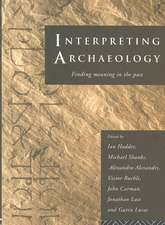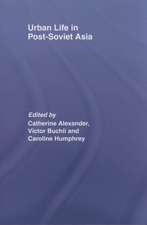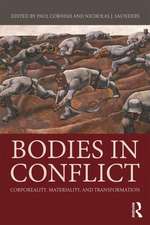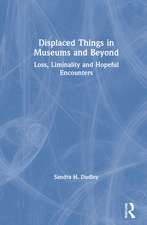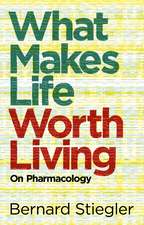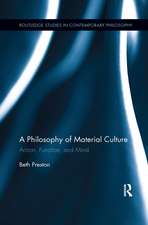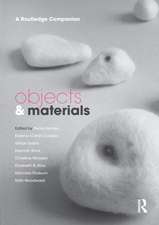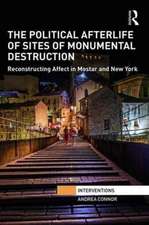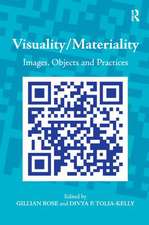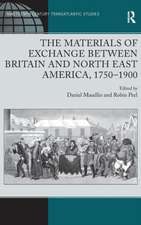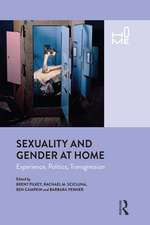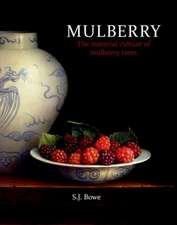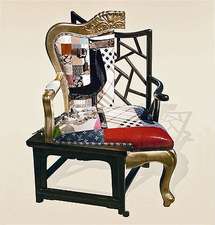An Archaeology of the Immaterial
Autor Victor Buchlien Limba Engleză Hardback – 7 sep 2015
Using case studies which range widely in time over Western societies and the technologies of materialising the immaterial, from icons to the scanning tunnelling microscope and 3-D printing, Buchli addresses the significance of immateriality for our own economics, cultural perceptions, and emerging forms of social inclusion and exclusion. An Archaeology of the Immaterial is thus an important and innovative contribution to material cultural studies which demonstrates that the making of the immaterial is, like the making of the material, a profoundly powerful operation which works to exert social control and delineate the borders of the imaginable and the enfranchised.
| Toate formatele și edițiile | Preț | Express |
|---|---|---|
| Paperback (1) | 301.80 lei 3-5 săpt. | +14.82 lei 6-10 zile |
| Taylor & Francis – 11 sep 2015 | 301.80 lei 3-5 săpt. | +14.82 lei 6-10 zile |
| Hardback (1) | 997.11 lei 6-8 săpt. | |
| Taylor & Francis – 7 sep 2015 | 997.11 lei 6-8 săpt. |
Preț: 997.11 lei
Preț vechi: 1215.98 lei
-18% Nou
Puncte Express: 1496
Preț estimativ în valută:
190.80€ • 207.90$ • 160.77£
190.80€ • 207.90$ • 160.77£
Carte tipărită la comandă
Livrare economică 23 aprilie-07 mai
Preluare comenzi: 021 569.72.76
Specificații
ISBN-13: 9780415840491
ISBN-10: 041584049X
Pagini: 202
Ilustrații: 17 black & white halftones, 3 black & white line drawings
Dimensiuni: 138 x 216 x 18 mm
Greutate: 0.36 kg
Ediția:New.
Editura: Taylor & Francis
Colecția Routledge
Locul publicării:Oxford, United Kingdom
ISBN-10: 041584049X
Pagini: 202
Ilustrații: 17 black & white halftones, 3 black & white line drawings
Dimensiuni: 138 x 216 x 18 mm
Greutate: 0.36 kg
Ediția:New.
Editura: Taylor & Francis
Colecția Routledge
Locul publicării:Oxford, United Kingdom
Cuprins
1. Introduction Chapter 2: Immateriality and the Ascetic Object in late Antiquity 3: The Christian Ascetic Object and the Reformation 4. The Reformation 5. The Twentieth Century
Descriere
An Archaeology of the Immaterial examines a highly significant but poorly understood aspect of material culture studies namely the active rejection of the material world. By this is meant a number of cultural projects, from anti-consumerism, asceticism, and other attempts to transcend material circumstances. This book looks at the way people ‘disengage’ from the material world as a specific kind of physical engagement that has profound implications for our understanding of personhood and materiality.

